PET plastic, a widely used polymer known for its durability, versatility, and recyclability, has revolutionized industries like packaging and manufacturing. As businesses look for more sustainable materials, understanding the different types of PET plastic is critical for making the right choice. In this article, we’ll dive into the main types of PET plastic, their specific characteristics, and applications, and explore how EuroPlas can provide high-quality plastic solutions for your business needs.
1. Overview Of PET Plastic
Polyethylene Terephthalate (PET) is a thermoplastic polymer belonging to the polyester family. It is synthesized through a polymerization process that combines two monomers: ethylene glycol and terephthalic acid. The result is a versatile, strong, and lightweight plastic that is ideal for many applications, especially in packaging, textiles, and food and beverage industries.
PET plastic is valued for its clarity, strength, and ability to form moisture-resistant barriers, making it a popular choice for everything from soda bottles to food containers. Furthermore, PET plastic has excellent recyclability, which is a key factor in its growing use in industries focused on sustainability. By recycling PET, manufacturers can significantly reduce their carbon footprint while reusing valuable resources.
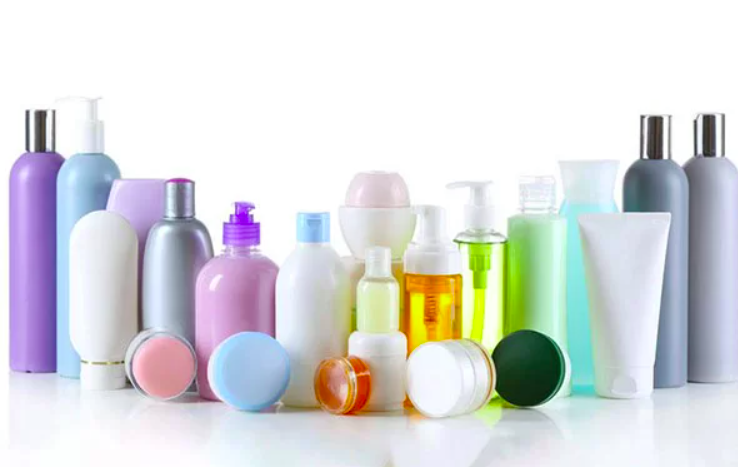
Types of PET plastic and the uses it brings
One of the most prominent reasons for PET plastic’s popularity is its combination of desirable properties:
- Durability: PET plastic can withstand significant wear and tear without breaking down.
- Transparency: PET has a naturally clear and glossy finish, making it ideal for products that require visibility.
- Recyclability: PET can be recycled multiple times, and recycled PET (R-PET) is now widely used in various industries.
- Lightweight: Despite its strength, PET is lightweight, reducing transportation costs and emissions.
- Barrier properties: PET is resistant to gases and moisture, making it an excellent material for packaging consumable goods.
Read more: What is Polyethylene Terephthalate (PET)
2. All Types Of PET Plastic You Should Know
While PET plastic in general has numerous benefits, it comes in several types that offer distinct advantages depending on the application. Let’s explore the key types of PET plastic:
1. Amorphous PET (A-PET)
Amorphous PET is the most common type of PET plastic, characterized by its clarity and toughness. The term “amorphous” refers to the non-crystalline structure of the polymer chains, which provides flexibility, transparency, and excellent barrier properties against gases and moisture.
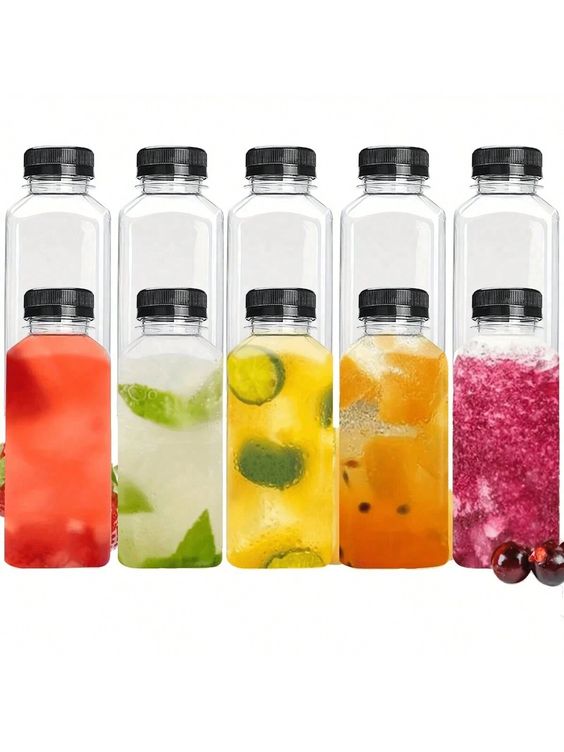
Transparent pet plastic bottle
A-PET is primarily used in the packaging industry for producing clear bottles, food containers, and other packaging materials. Its resistance to impact and its ability to maintain structural integrity make it ideal for protecting products during transportation and storage.
Key Characteristics:
- Transparent and glossy appearance
- Flexible and impact-resistant
- Excellent barrier against moisture and gases
2. Crystalline PET (C-PET)
Crystalline PET differs from A-PET in its structural makeup. C-PET has a semi-crystalline structure that gives it a cloudy, opaque appearance and makes it heat-resistant. This property allows C-PET to withstand higher temperatures, making it suitable for applications that require heat stability, such as microwave and oven-safe food trays.
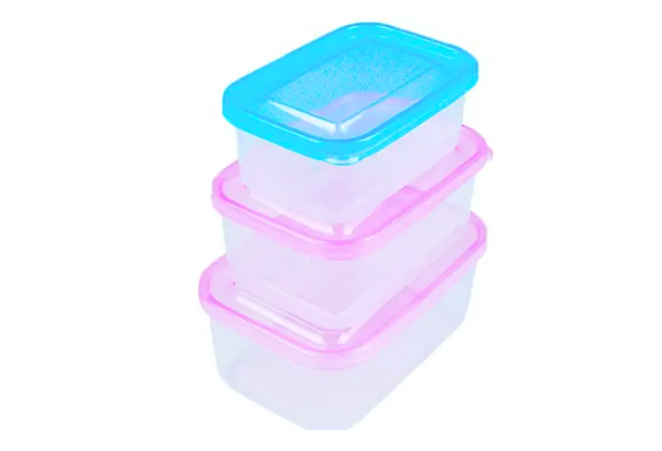
The benefits that C-PET plastic food boxes bring
C-PET is commonly used in packaging that needs to endure high heat without warping or degrading, such as ready-meal containers that can go straight into an oven or microwave.
Key Characteristics:
- Heat-resistant, can withstand high temperatures
- Opaque and rigid
- Ideal for microwave and oven-safe packaging
3. Recycled PET (R-PET)
Recycled PET is made from post-consumer PET products, such as plastic bottles and containers. This process involves collecting, cleaning, and reprocessing used PET materials into new forms. R-PET is widely used in both packaging and textiles, offering the same properties as virgin PET while promoting sustainability and reducing the demand for new plastic production.

R-PET plastic is used to produce packaging
By using R-PET, companies can minimize environmental impact, reduce waste, and align with the growing demand for eco-friendly products. This type of PET is commonly used in making packaging, polyester fibers for clothing, and even carpets.
Key Characteristics:
- Eco-friendly and sustainable
- Reduces plastic waste and demand for virgin PET
- Versatile, used in packaging and textiles
4. Glycol-Modified PET (G-PET)
Glycol-modified PET (G-PET) is PET that has been modified with glycol to improve its performance in certain applications. Adding glycol prevents crystallization during processing, resulting in a material with better clarity and enhanced impact resistance. G-PET is preferred in applications where formability and clarity are critical, such as in medical packaging and clear plastic bottles.
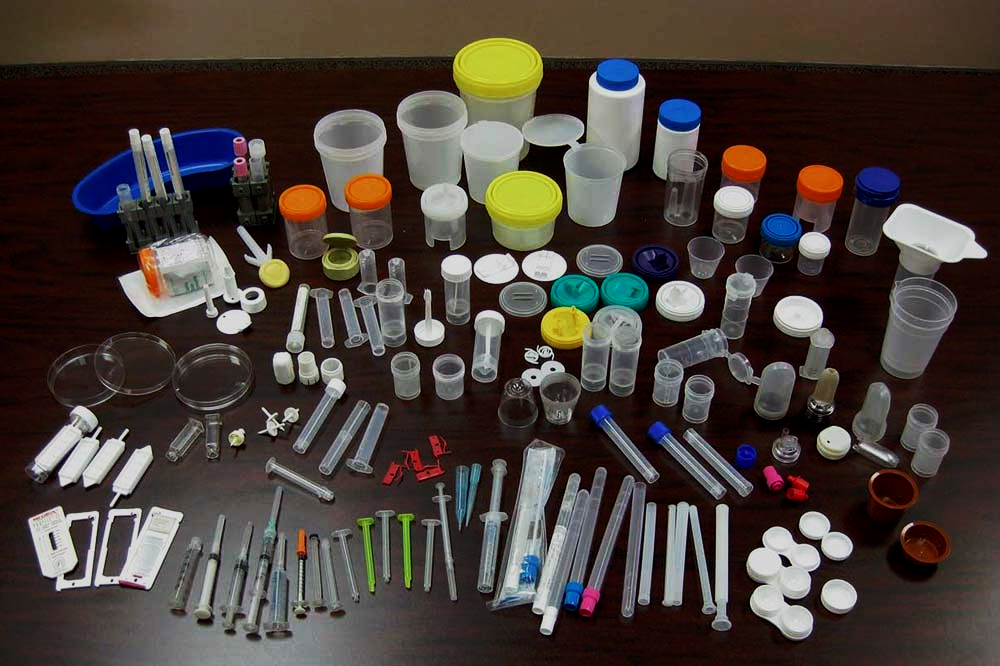
G-PET plastic helps create medical items
The modification also improves G-PET's flexibility, making it easier to mold into complex shapes, which is essential in industries like medical supplies, electronics, and consumer packaging.
Key Characteristics:
- High clarity and impact resistance
- Prevents crystallization
- Excellent for thermoformed packaging and medical uses
5. Biodegradable PET
Biodegradable PET is a newer type of PET plastic designed to break down more quickly than traditional PET in composting conditions. While it shares many of the same properties as standard PET, its enhanced biodegradability offers an eco-friendly alternative for industries looking to reduce plastic waste.

The process of decomposing plastic bottles
Biodegradable PET is not yet as widespread as other types, but it holds promise for industries seeking environmentally friendly packaging options, especially for products with shorter shelf lives.
Key Characteristics:
- Environmentally friendly, designed to decompose faster
- Suitable for compostable packaging and biodegradable containers
- Still in development for broader industrial use
3. Applications Of All PET Plastic Types
Here’s a comparison of the different types of PET plastic and their applications:
| Type of PET Plastic |
Applications |
Key Characteristics |
| Amorphous PET (A-PET) |
Food and beverage packaging (bottles, containers), clamshell packaging, display trays |
Transparent, tough, excellent moisture barrier |
| Crystalline PET (C-PET) |
Microwaveable food trays, oven-safe containers, automotive parts |
Heat-resistant, opaque, durable at high temperatures |
| Recycled PET (R-PET) |
Packaging, textiles, carpets, industrial strapping |
Sustainable, eco-friendly, reduces waste |
| Glycol-Modified PET (G-PET) |
Medical packaging, clear plastic bottles, thermoformed containers |
High clarity, impact-resistant, versatile in forming |
| Biodegradable PET |
Compostable packaging, biodegradable containers
|
Environmentally friendly, breaks down faster in composting |
4. Conclusion
PET plastic has become a crucial material in various industries due to its flexibility, recyclability, and ability to meet a wide range of application needs. From transparent A-PET used in food and beverage packaging to the heat-resistant properties of C-PET for oven-safe containers, each type of PET plastic offers distinct benefits for different uses. By understanding the different types of PET plastic, companies can choose the right material for their products, ensuring both optimal performance and environmental sustainability.
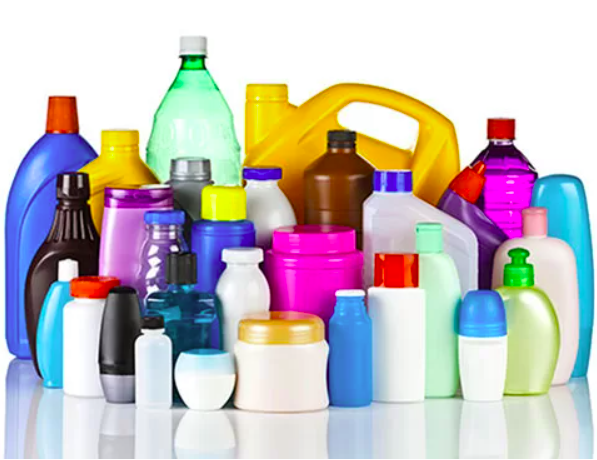
Flexibility and uses types of PET plastics
As the demand for more sustainable and eco-friendly materials continues to grow, R-PET and biodegradable PET will likely play a larger role in reducing plastic waste and promoting a circular economy. Whether you need PET for packaging, textiles, or specialized medical applications, selecting the right type is key to maximizing product efficiency and minimizing environmental impact.
5. About EuroPlas’ PE Products
EuroPlas specializes in providing solutions to enhance the mechanical, thermal, and chemical properties of plastics, optimizing materials for various applications. The company's products, including Filler Masterbatch, Color Masterbatch, Plastic Additives, Engineering Plastics Compounds, Bioplastic Compound, and Bio Filler, help reduce production costs, improve performance, and promote sustainability by reducing reliance on metals. With top-quality solutions, EuroPlas is a trusted partner for businesses in the plastics industry. Contact us today to learn more!